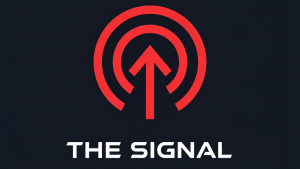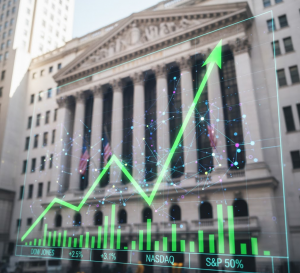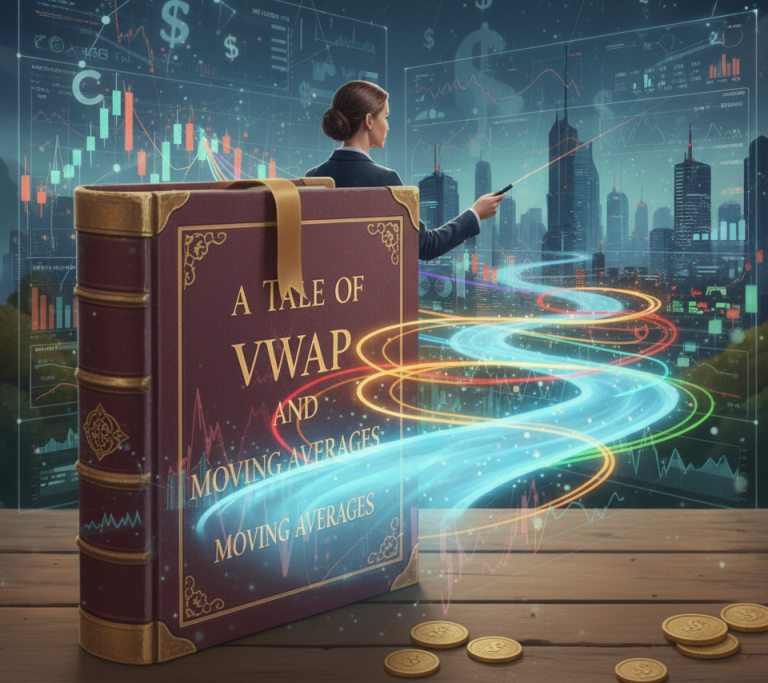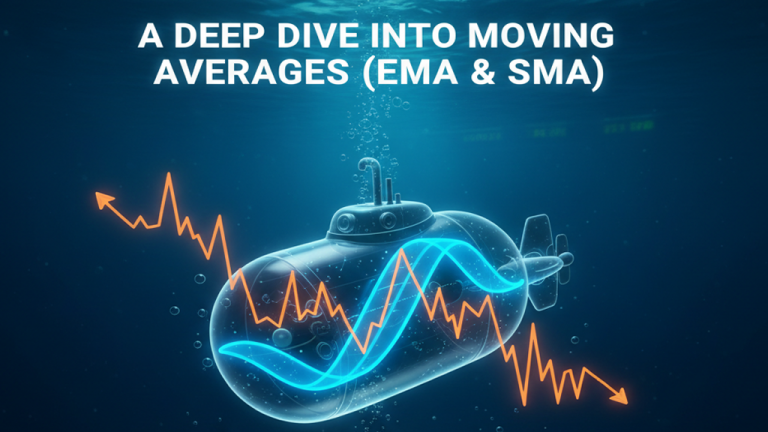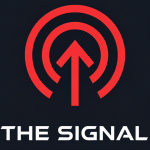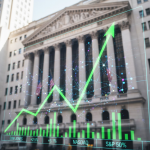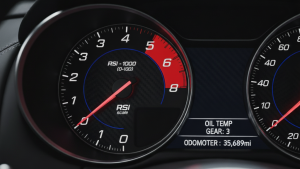Giving the Command Order Types
Summary TLDR
A Market Order tells your broker to buy or sell immediately at the best available price, prioritizing speed. A Limit Order sets a specific price (or better) at which you are willing to buy or sell, prioritizing price over speed. A Stop Order is a defensive instruction used to exit a position if the price moves against you to a certain level.
Introduction
Once you have decided what to trade and when, you must give the final, critical instruction. This command, known as an order, is the message you send to the market specifying precisely how you wish your trade to be executed. It is not enough to simply say “buy” or “sell.” You must also dictate the terms of engagement. Do you demand immediate action, regardless of the exact price? Or is the price paramount, even if it means the trade never happens? Your choice of order type is the first and most fundamental expression of your trading strategy.
The Core Concept (Explained Simply)
Imagine you are trying to buy a highly sought-after collectible online. You have two primary ways to approach the purchase.
- The “Buy It Now” Approach (A Market Order): You see the item and click “Buy It Now.” You are telling the seller, “I want this immediately at your current asking price.” Your priority is the certainty and speed of acquiring the item. You don’t haggle; you simply pay what is being asked to ensure you get it before anyone else. This is a Market Order.
- The “Make an Offer” Approach (A Limit Order): You see the item listed for $100, but you are only willing to pay $90. You submit an offer for $90 and wait. Your offer might be accepted if the seller becomes more eager, or it might be ignored completely if someone else is willing to pay more. Your priority is the price. You have control over how much you spend, but you accept the risk that you might not get the item at all. This is a Limit Order.
There is also a third, protective command:
- The “Insurance Policy” (A Stop-Loss Order): After buying the collectible for $100, you decide you cannot risk losing more than $10 on it. You tell yourself, “If the value of this item drops to $90, I will sell it immediately to cut my losses.” This is a Stop-Loss Order—a dormant command that only activates to get you out of a position if the market moves against you.
From Theory to Practice
In the financial markets, these commands give a trader precise control over their actions.
- Market Order:
- Action: Buys at the current lowest ask price or sells at the current highest bid price.
- Pros: Execution is virtually guaranteed as long as there is a market for the stock. It is the fastest way to enter or exit a trade.
- Cons: You have no control over the execution price. In a fast-moving or illiquid market, the price you get could be significantly different from what you expected. This difference is called slippage.
- Limit Order:
- Action: A buy limit order is placed below the current market price, and a sell limit order is placed above it. Your order will only execute if the market reaches your specified price or better.
- Pros: You have complete control over the price you pay or receive. It protects you from paying more than you want or selling for less than you want.
- Cons: There is no guarantee of execution. The price may never reach your limit, and you could miss a trading opportunity entirely.
- Stop (or Stop-Loss) Order:
- Action: This is a risk management tool. You place a sell-stop order below your purchase price. If the market price falls to your “stop price,” it triggers the order, which then becomes a market order to sell at the next available price.
- Pros: It provides disciplined, automated protection against significant losses. It takes the emotion out of the decision to sell a losing position.
- Cons: Like a regular market order, the execution price is not guaranteed once the stop is triggered. In a volatile market, the sale could occur at a price lower than your stop price.
A Brief Illustration
Suppose a stock is currently trading with a Bid of $49.95 and an Ask of $50.00.
- To buy immediately, you place a Market Order, and it is filled at the ask price of $50.00.
- You believe $50.00 is too high and want to buy only if the price drops. You place a Buy Limit Order at $49.75. Your order will sit in the market and will only execute if a seller is willing to meet your price.
- After buying at $50.00, you want to limit your potential loss. You place a Sell Stop-Loss Order at $48.00. If the bid price drops to $48.00, your order activates and sells your shares at the best available price.
Why It Matters
- Strategy Execution: Your choice of order type is how you implement your trading plan. An impatient scalper and a patient investor will use very different orders.
- Risk Management: Order types, especially stop-loss orders, are the most fundamental tools a trader has for managing and controlling risk.
- Control vs. Certainty: The choice between a market and limit order is a constant trade-off between having control over the price and having certainty of execution.
Additional Topics to Explore
- Bid and Ask: The prices at which buyers are willing to buy and sellers are willing to sell. The “trade price” is where they meet.
- What is a Trade: The First Step: Understanding the Nature of a Trade
- Slippage: The difference between the expected fill price of an order and the actual price at which it was executed.

